A 48V 10Ah battery is ideal for folding bikes because it balances power, range, and portability. The 48V system delivers strong motor performance and hill-climbing torque, while the 10Ah capacity provides enough energy for daily urban commuting. Its compact size ensures easy portability, making it perfect for riders who need a lightweight yet efficient power solution for city travel.
How Does a 48V System Enhance Motor Performance?
A 48V system improves power delivery to the motor, enabling higher torque for climbing inclines and rapid acceleration in urban environments. Higher voltage draws less current for the same power output, reducing heat generation and extending component life. This ensures folding bikes maintain consistent, efficient performance even under heavy load or frequent stops and starts.
What Range Does a 10Ah Battery Provide?
A 10Ah battery provides approximately 480 watt-hours, suitable for most daily urban commutes. Riders can typically travel 20–40 miles on a single charge depending on terrain, pedal assist, and load. This range balances energy capacity with battery weight, making it practical for folding bikes where portability is essential.
How Does Battery Design Support Portability?
The compact and lightweight design of a 48V 10Ah battery makes it easy to fold, carry, or store. Lithium-ion chemistry ensures high energy density with a long lifespan and minimal memory effect, so the battery can be charged conveniently without full discharge. Its small footprint complements the folding bike’s portability requirements.
Why Is Compatibility Important for 48V Batteries?
48V batteries are widely supported across e-bike motors, controllers, and chargers, making them an established and reliable choice. Using a compatible system avoids electrical issues and ensures smooth integration. Many 48V batteries include a Battery Management System (BMS) to protect against overcharging, overdischarging, overcurrent, and short circuits, enhancing safety and longevity.
What Are the Benefits of Built-In Battery Protection?
Built-in BMS safeguards the battery and e-bike components by monitoring voltage, current, and temperature. It prevents damage from misuse, extends the battery lifespan, and ensures safer operation for urban commuters. Riders can enjoy confidence in using the folding bike without worrying about battery failure during daily rides.
Which Riders Benefit Most from a 48V 10Ah Battery?
Urban commuters, folding bike enthusiasts, and riders navigating hilly terrain gain the most from a 48V 10Ah battery. Its compact size suits portability needs, while its voltage and capacity support longer rides and motor efficiency. TST EBike models in 26-inch and 27-inch sizes pair well with this battery, giving riders flexibility in choosing the best fit for city commuting or mixed terrain.
Buying Tips
When purchasing a 48V 10Ah battery for a folding bike, ensure the system voltage matches the motor and controller. Consider battery weight and size for portability and storage convenience. Look for advanced lithium-ion chemistry and a reliable Battery Management System (BMS) to maximize safety and longevity. TST EBike provides tested, high-quality batteries suitable for 26-inch and 27-inch folding bikes, offering dependable performance, efficient energy delivery, and compact design.
TST EBike Expert Views
“A 48V 10Ah battery optimizes folding bike performance by delivering strong torque and maintaining efficient energy use for urban commuting.”
“Pairing this battery with a compatible motor ensures riders enjoy smooth acceleration, manageable weight, and reliable range on city streets.”
FAQ
Is a 48V 10Ah battery enough for daily commuting?
Yes, it provides around 20–40 miles per charge, suitable for most urban routes with moderate pedal assist.
Can this battery handle hills effectively?
Absolutely. The 48V voltage provides increased torque, making climbs easier compared to lower-voltage systems.
How portable is a 48V 10Ah battery?
Its compact and lightweight design ensures easy carrying and folding without adding excessive bulk to the bike.
Does the battery require full discharge before charging?
No. Lithium-ion chemistry allows partial charging without affecting lifespan or performance.
Are 26-inch or 27-inch folding bikes better for this battery?
Both sizes are compatible; 26-inch offers slightly easier handling, while 27-inch provides smoother rides and longer range potential.

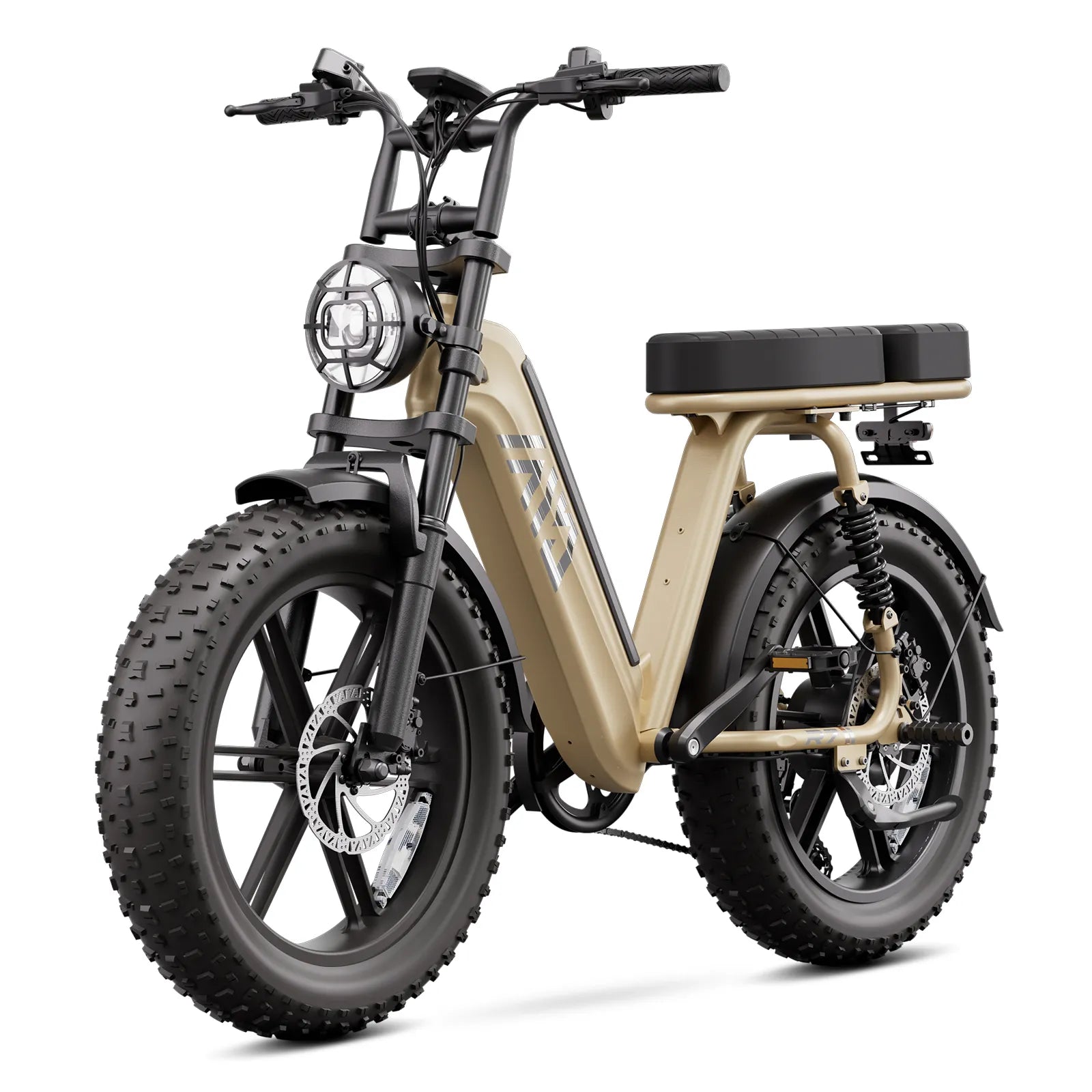


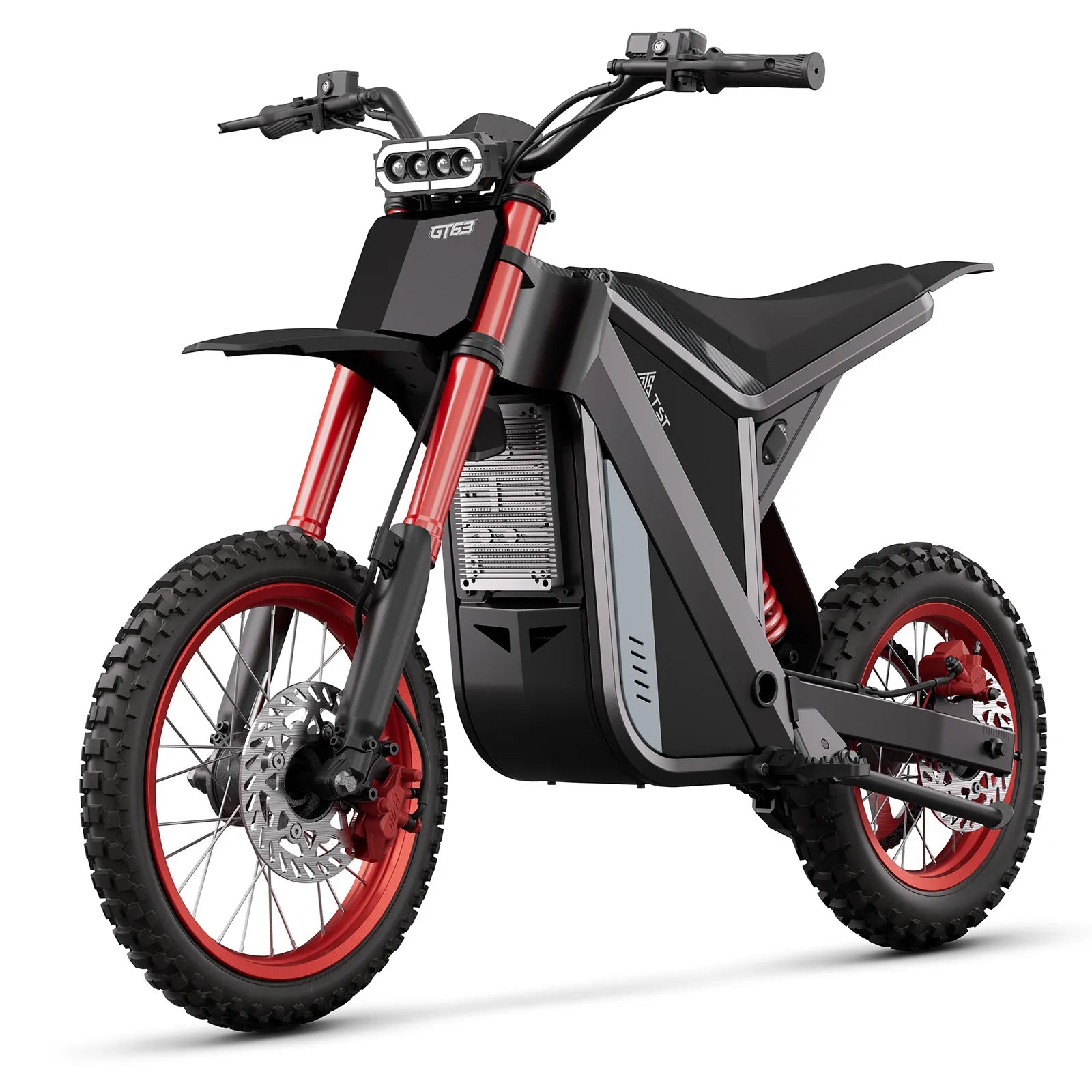
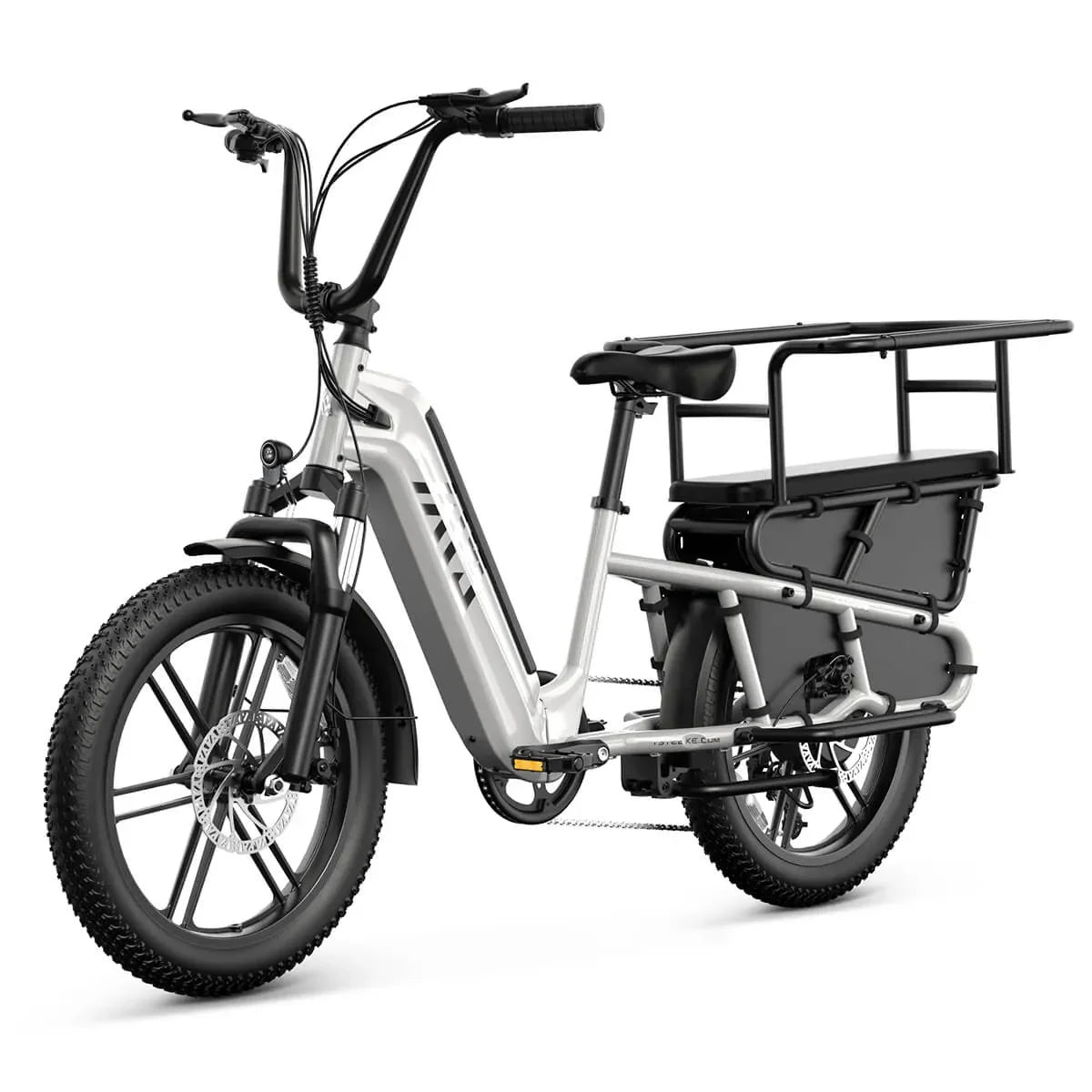
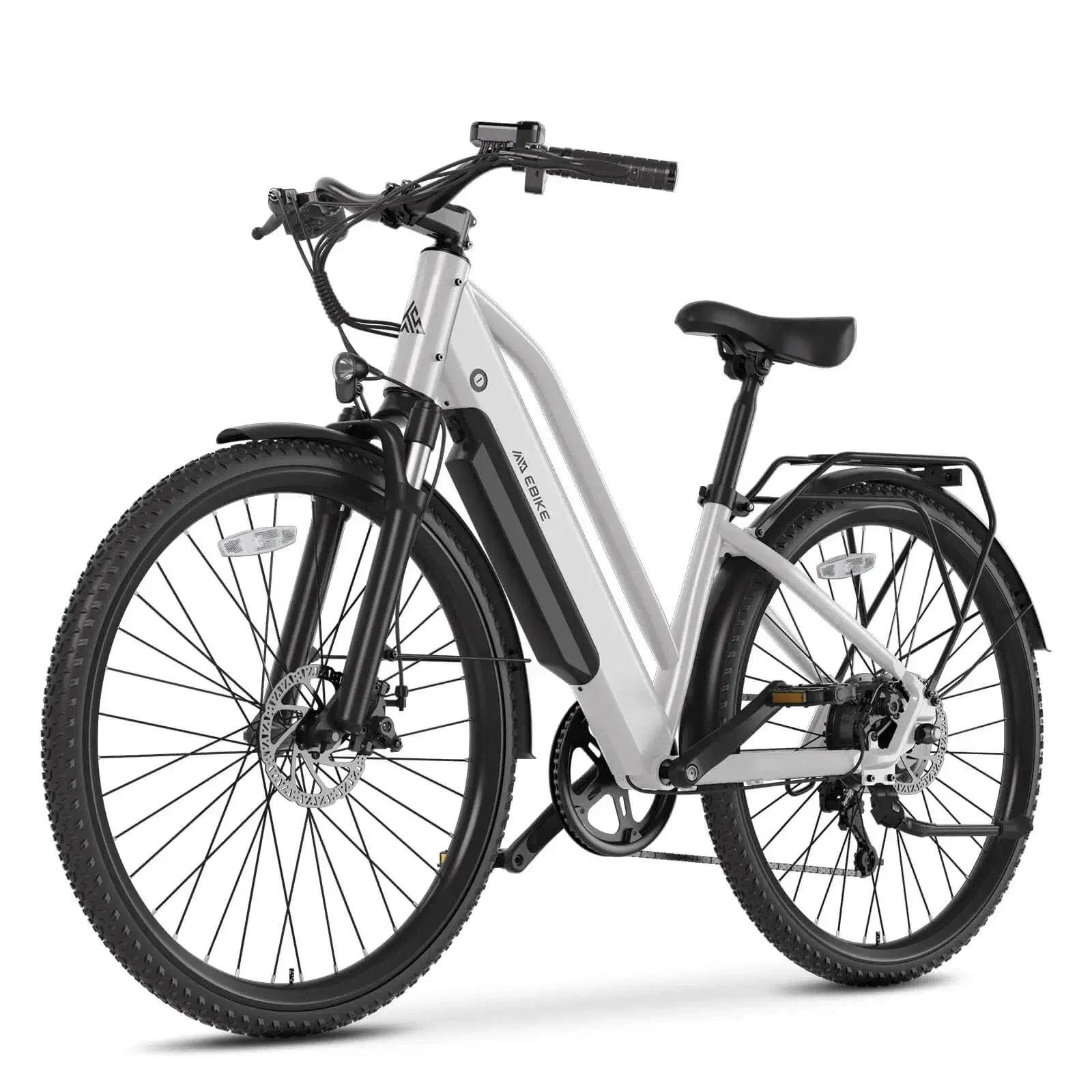
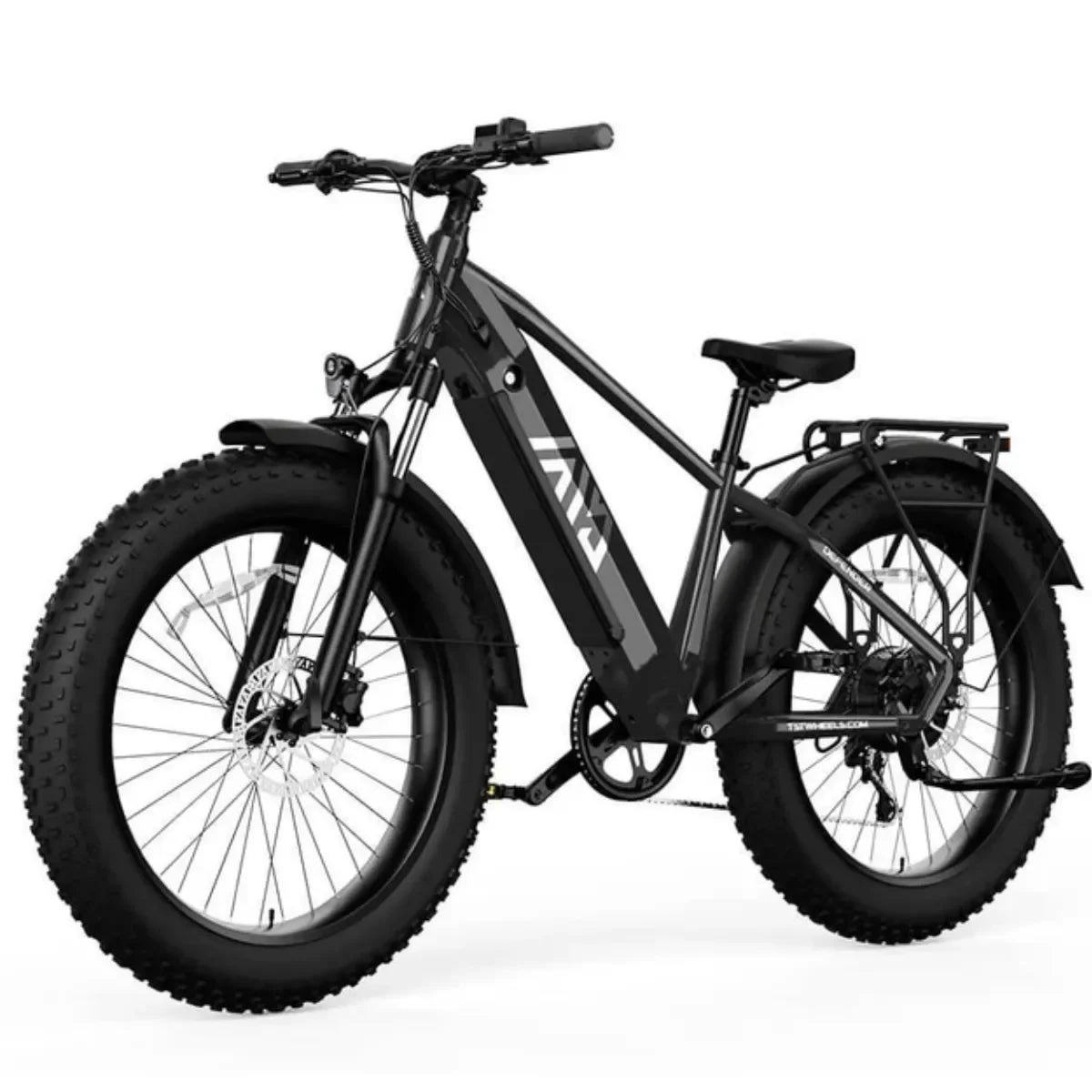
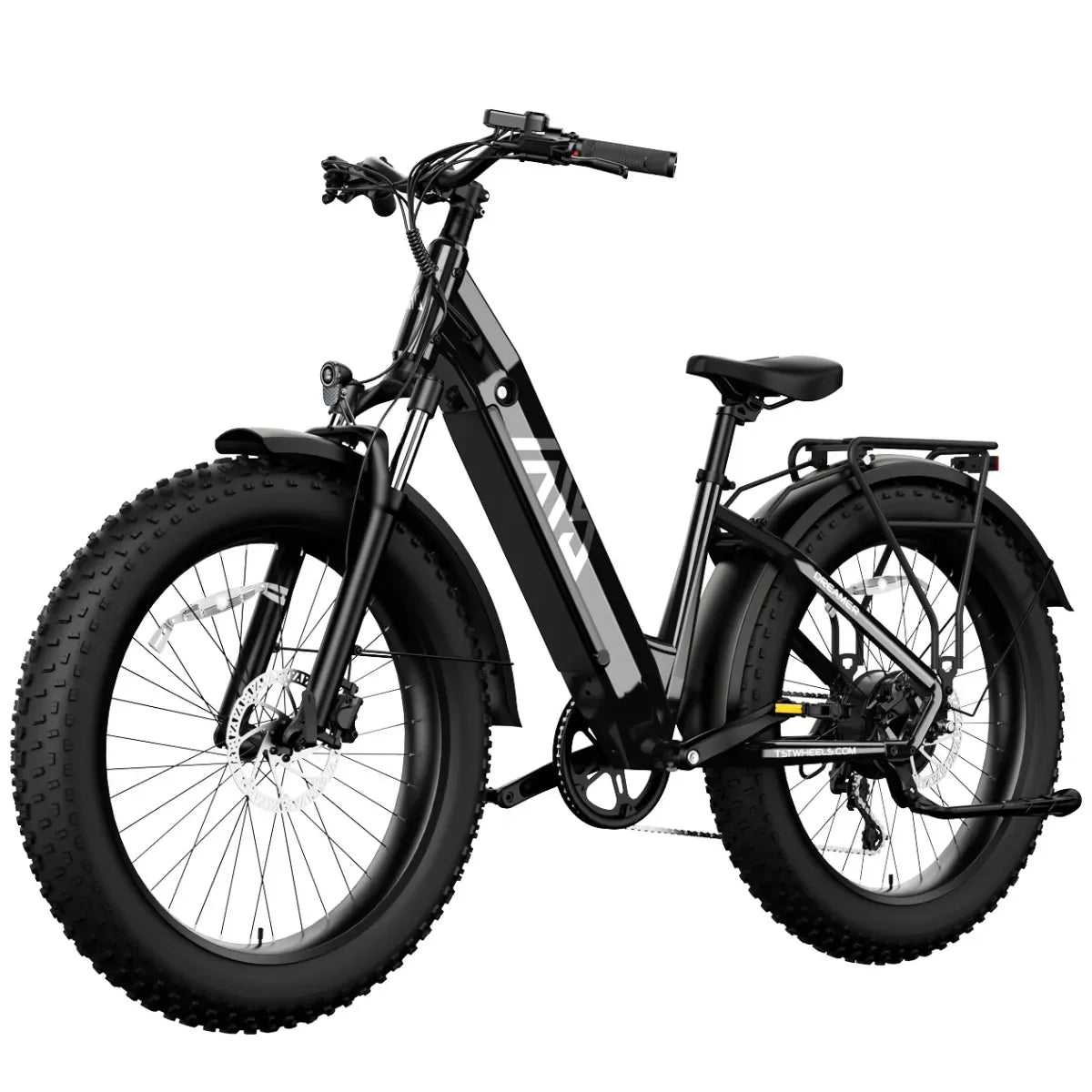
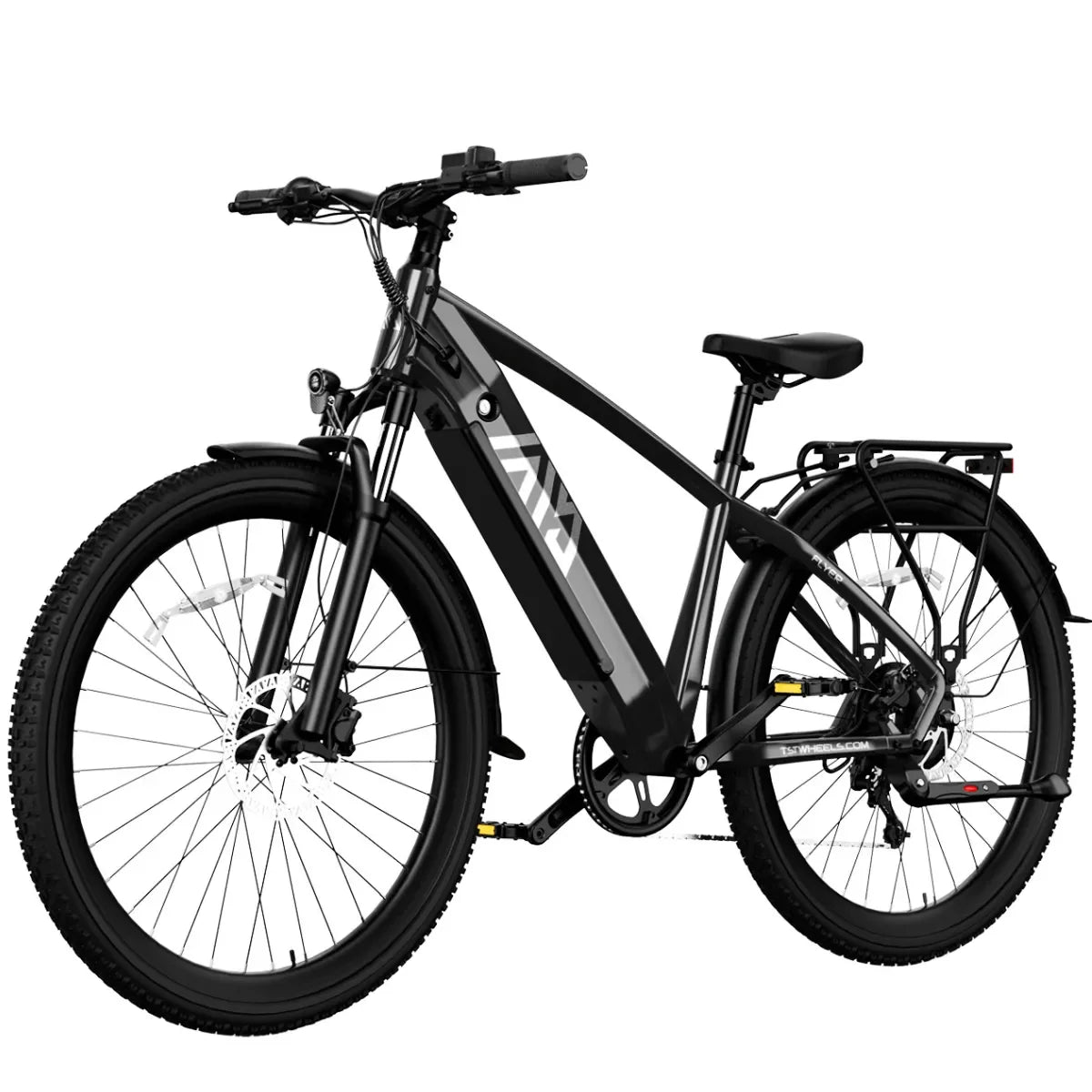
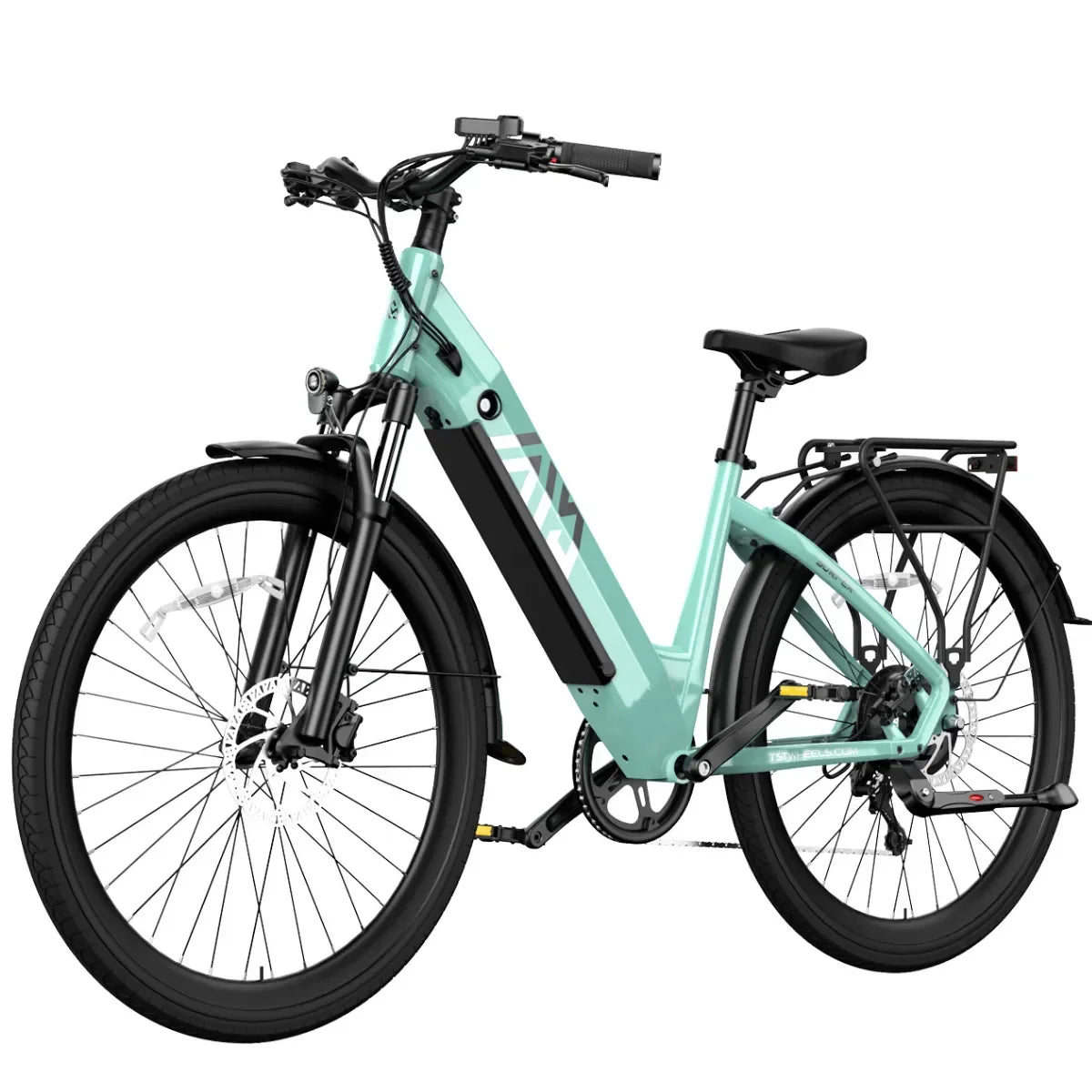
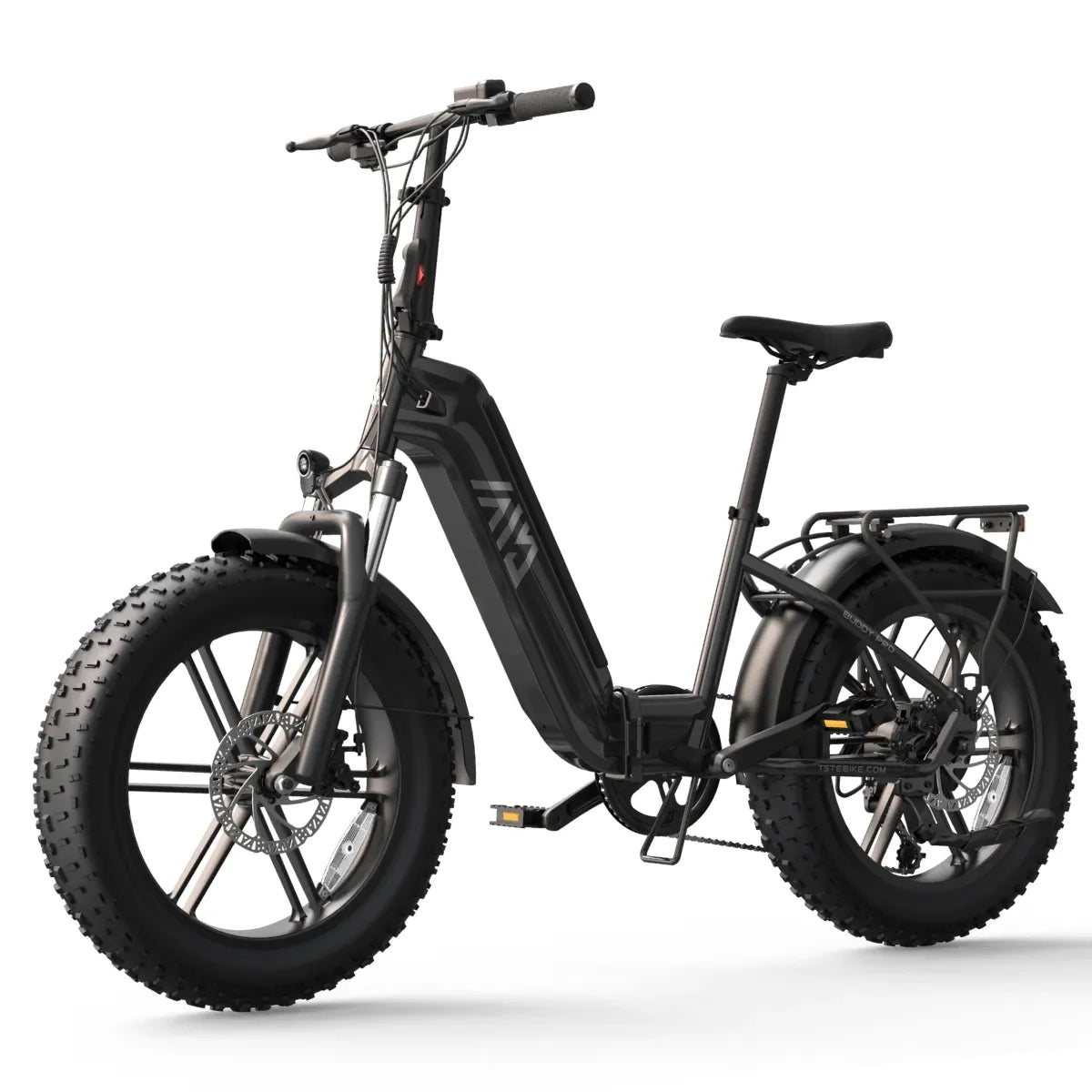
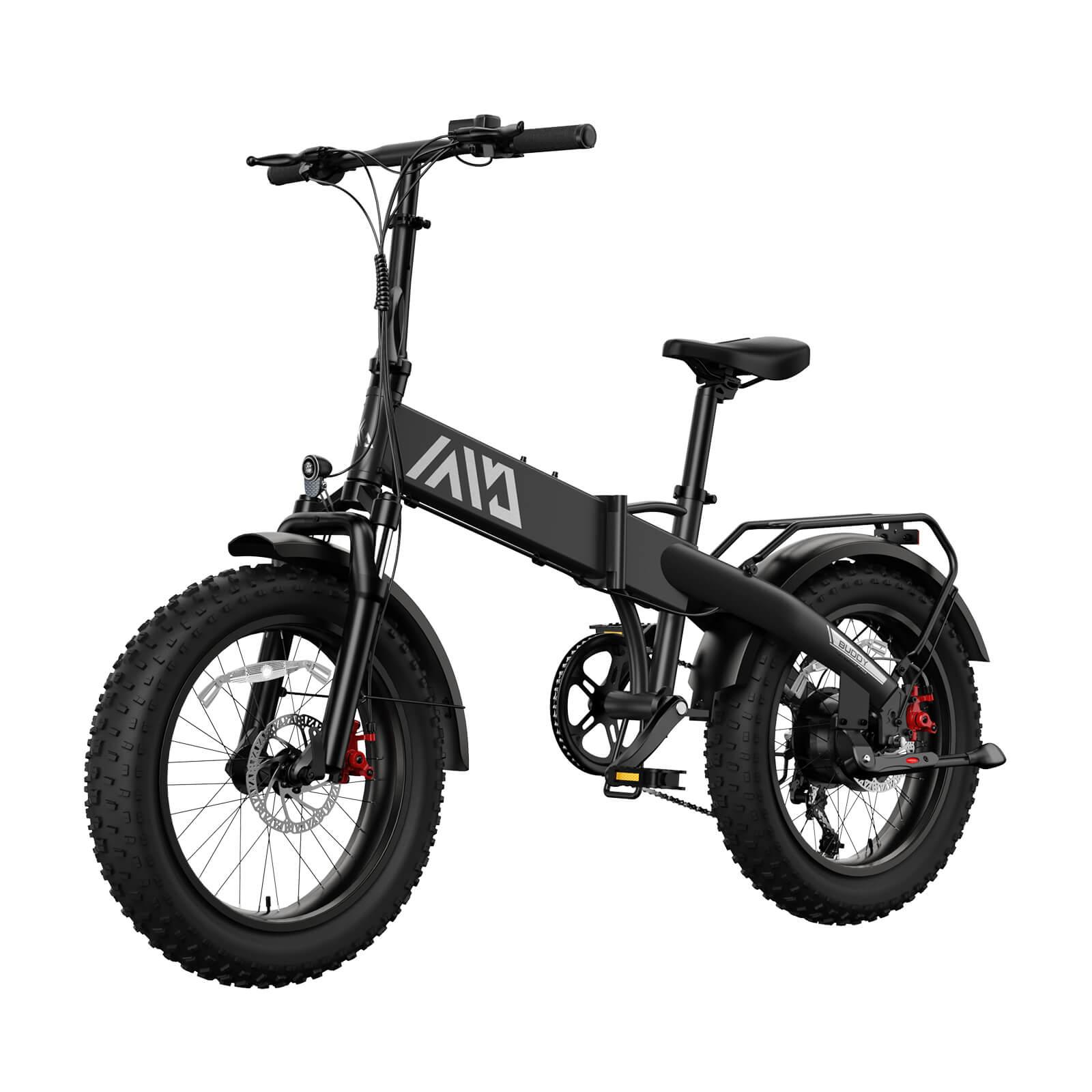

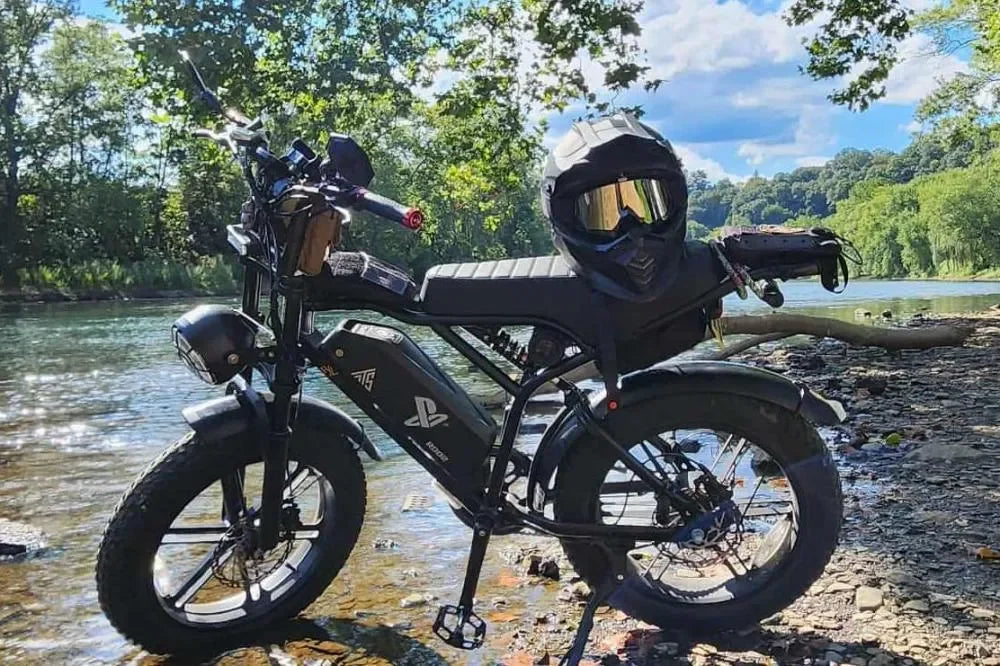
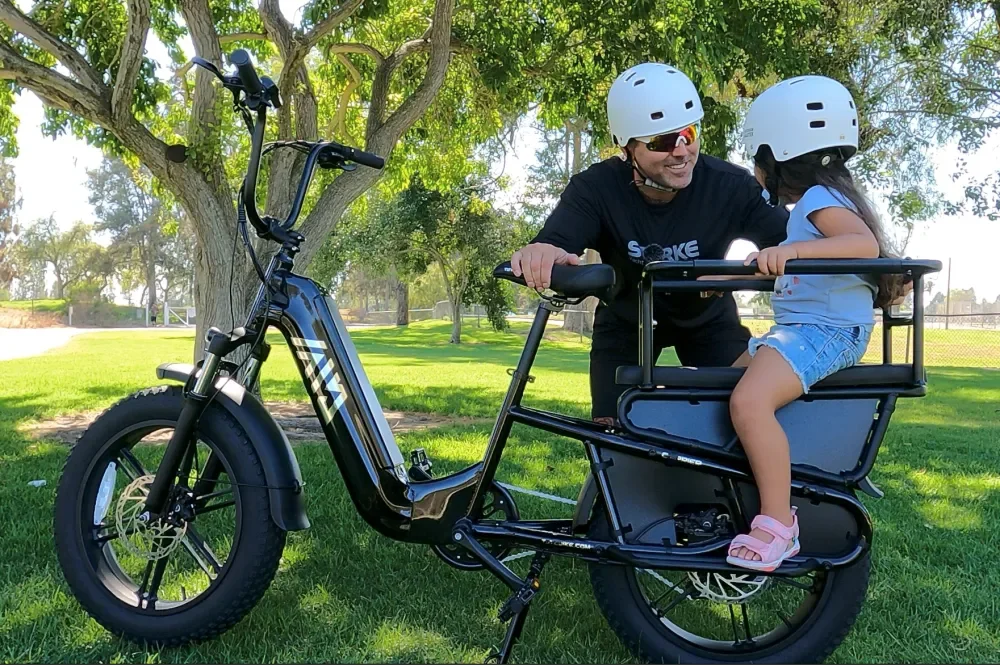

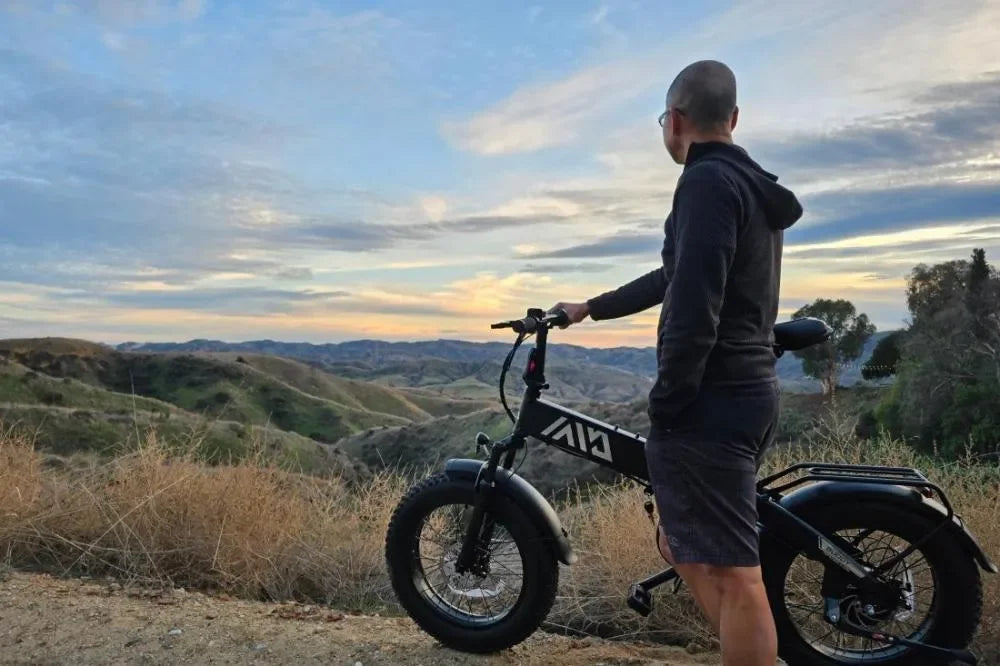
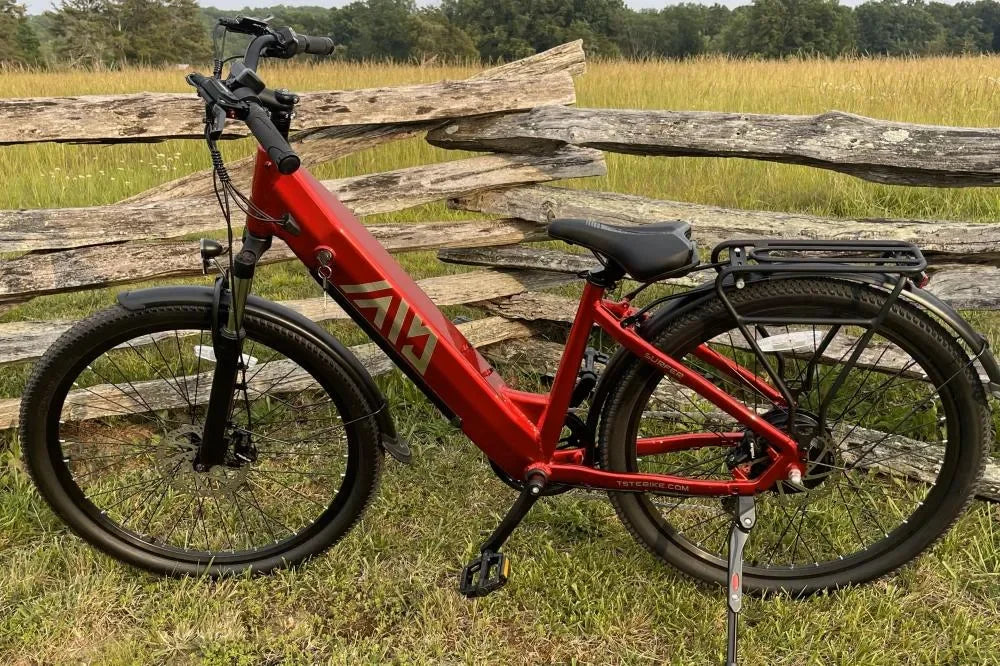
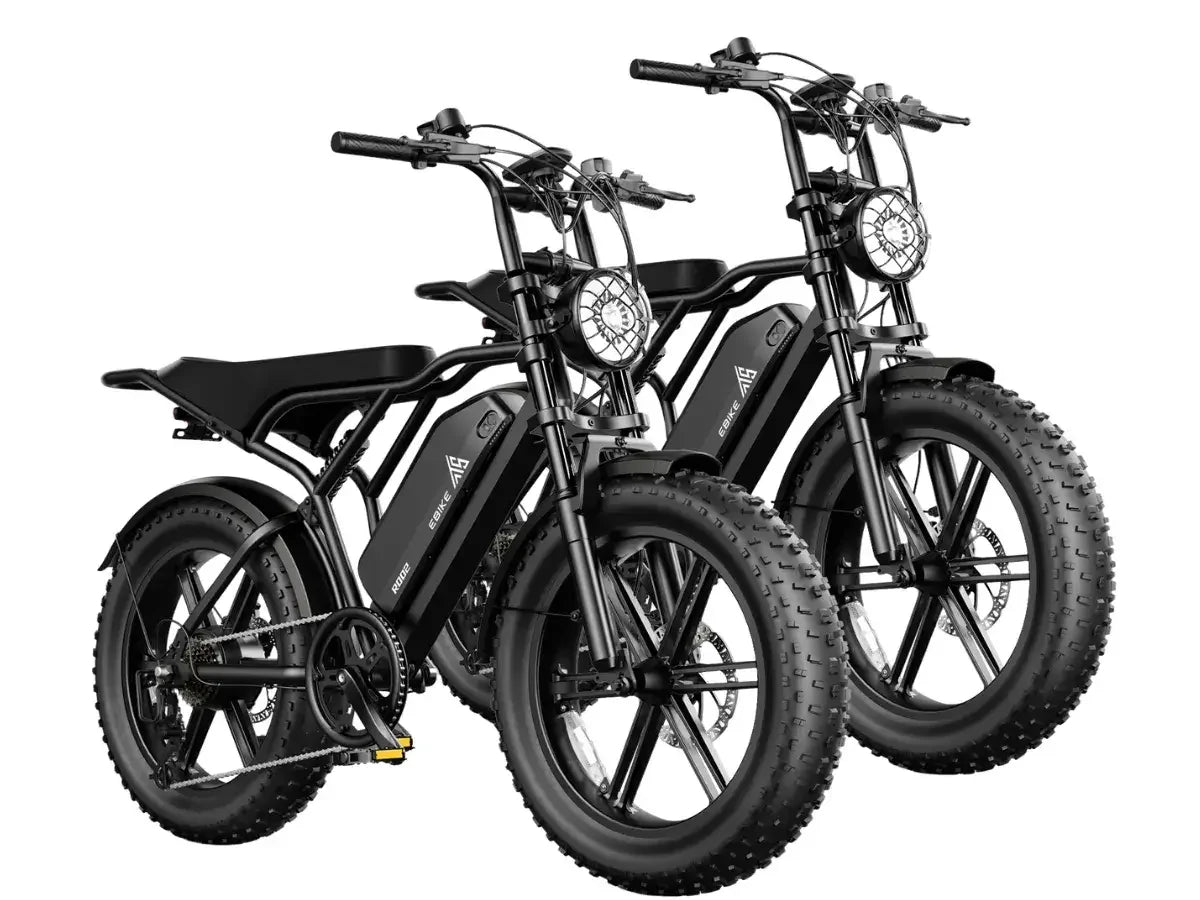
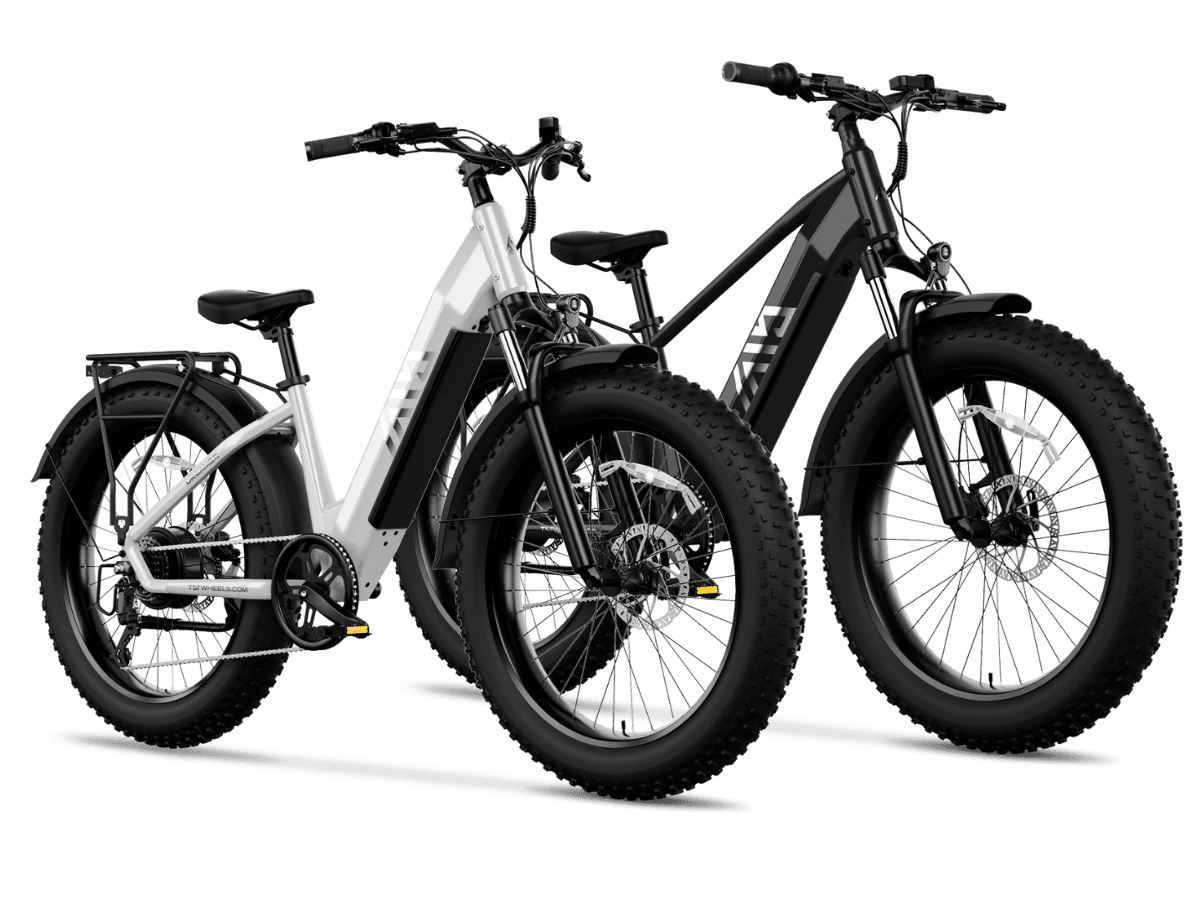
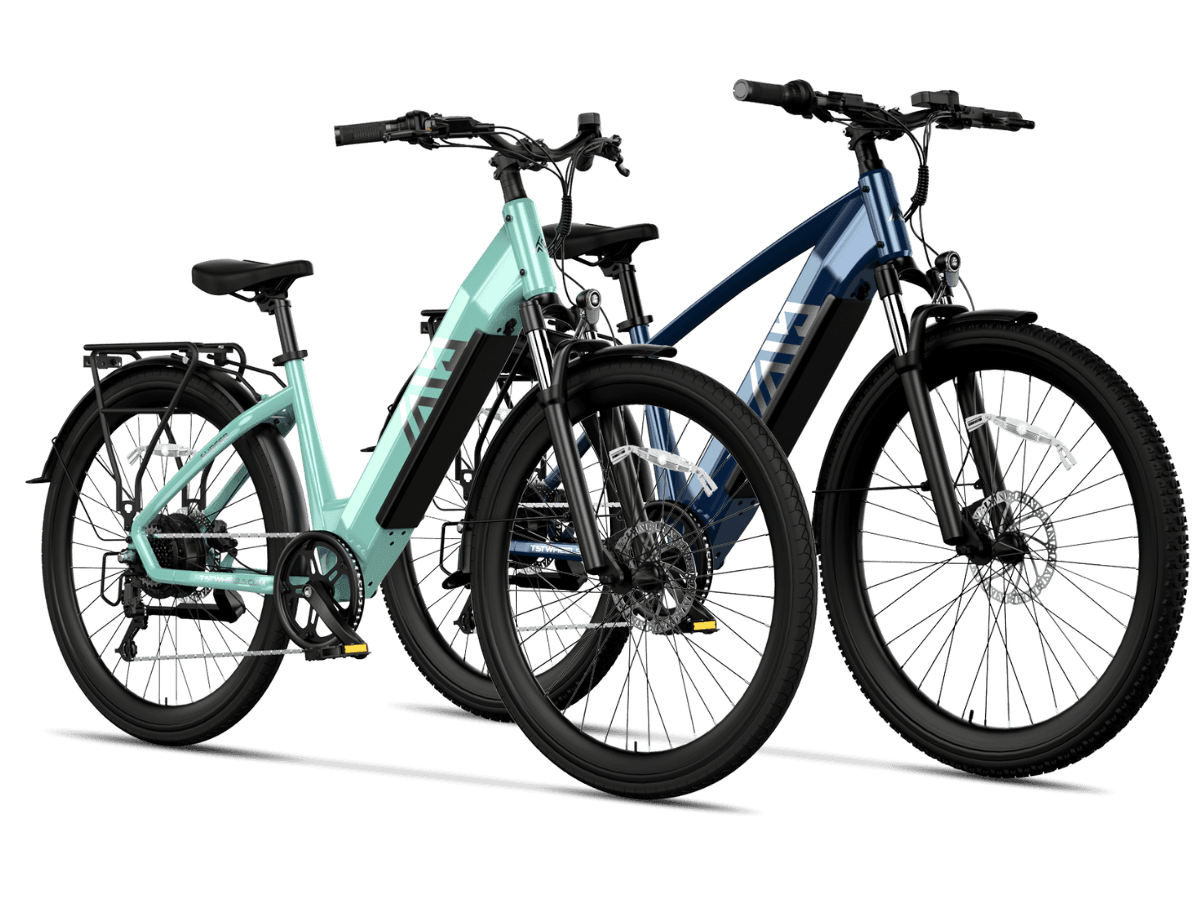
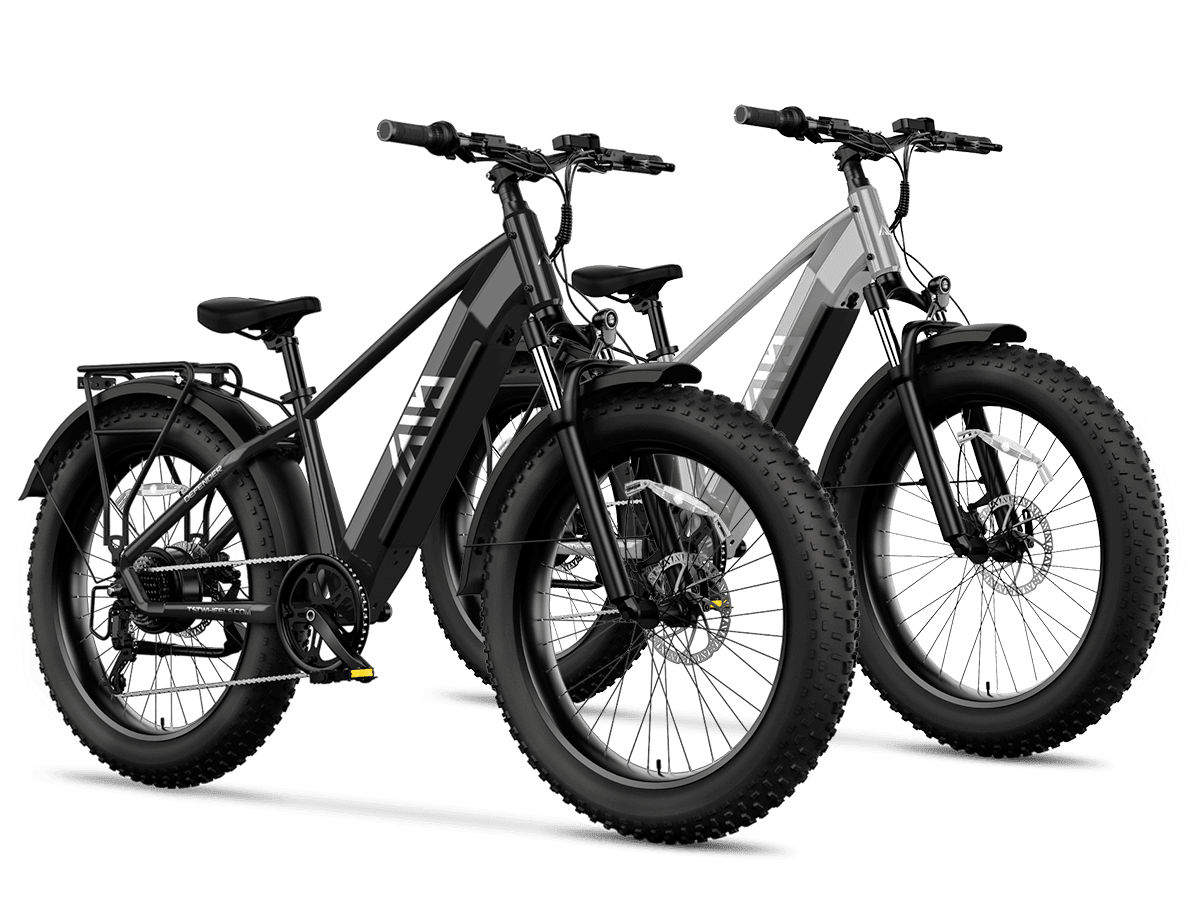
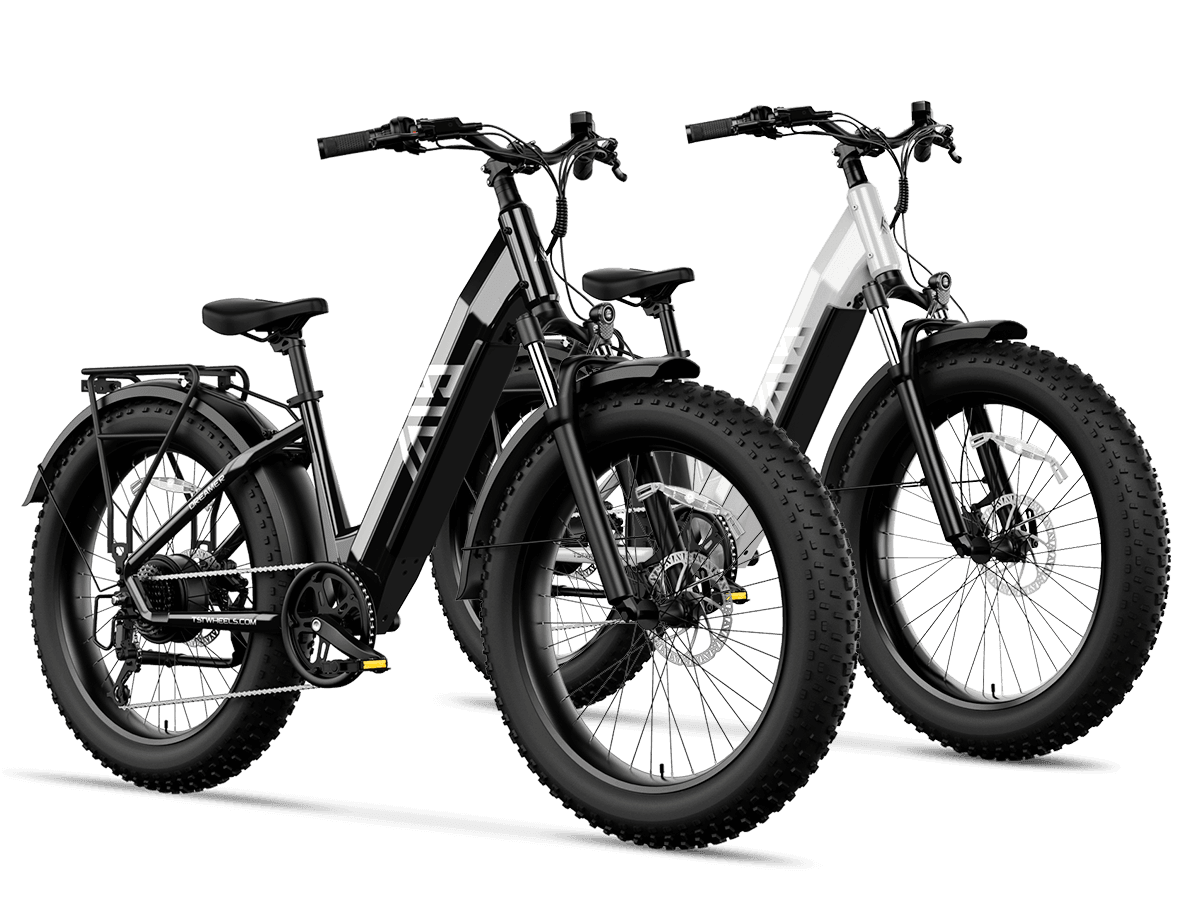
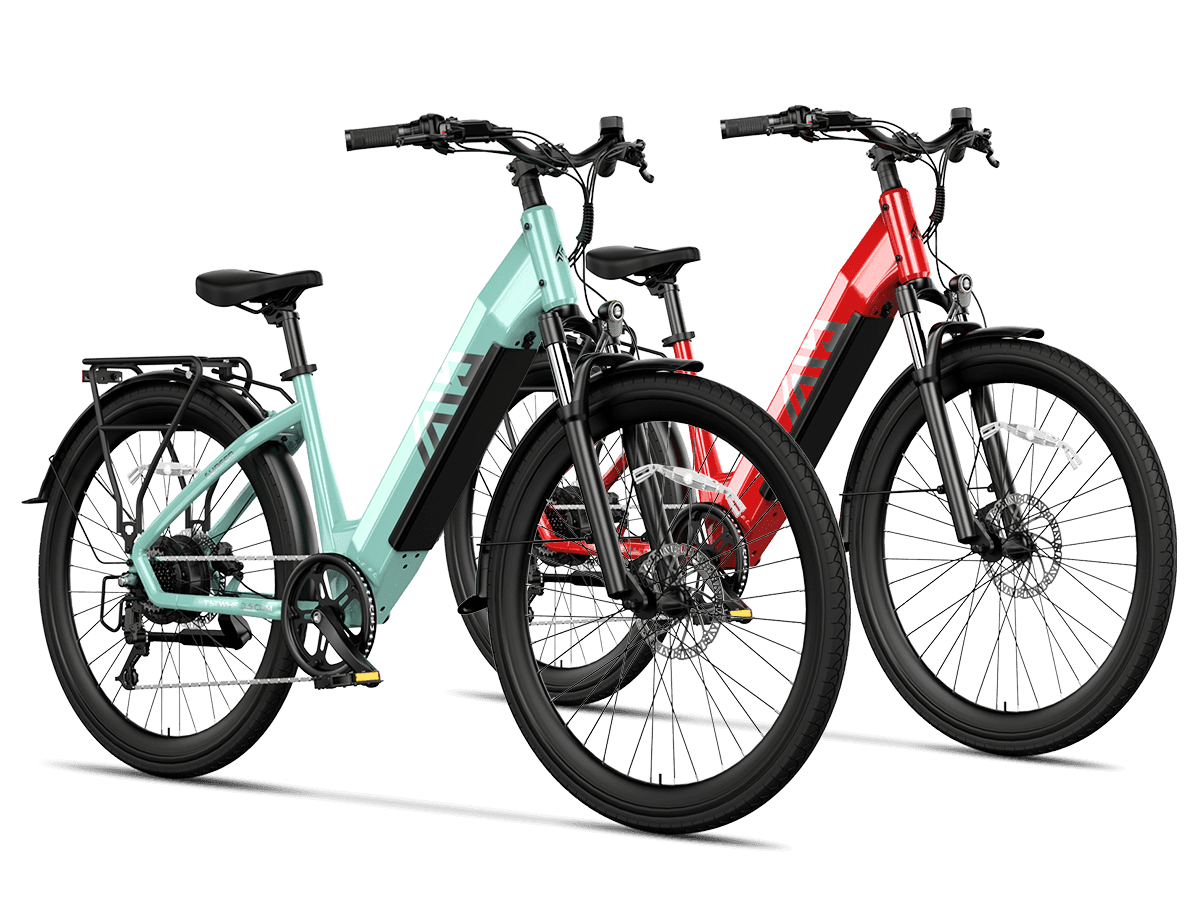
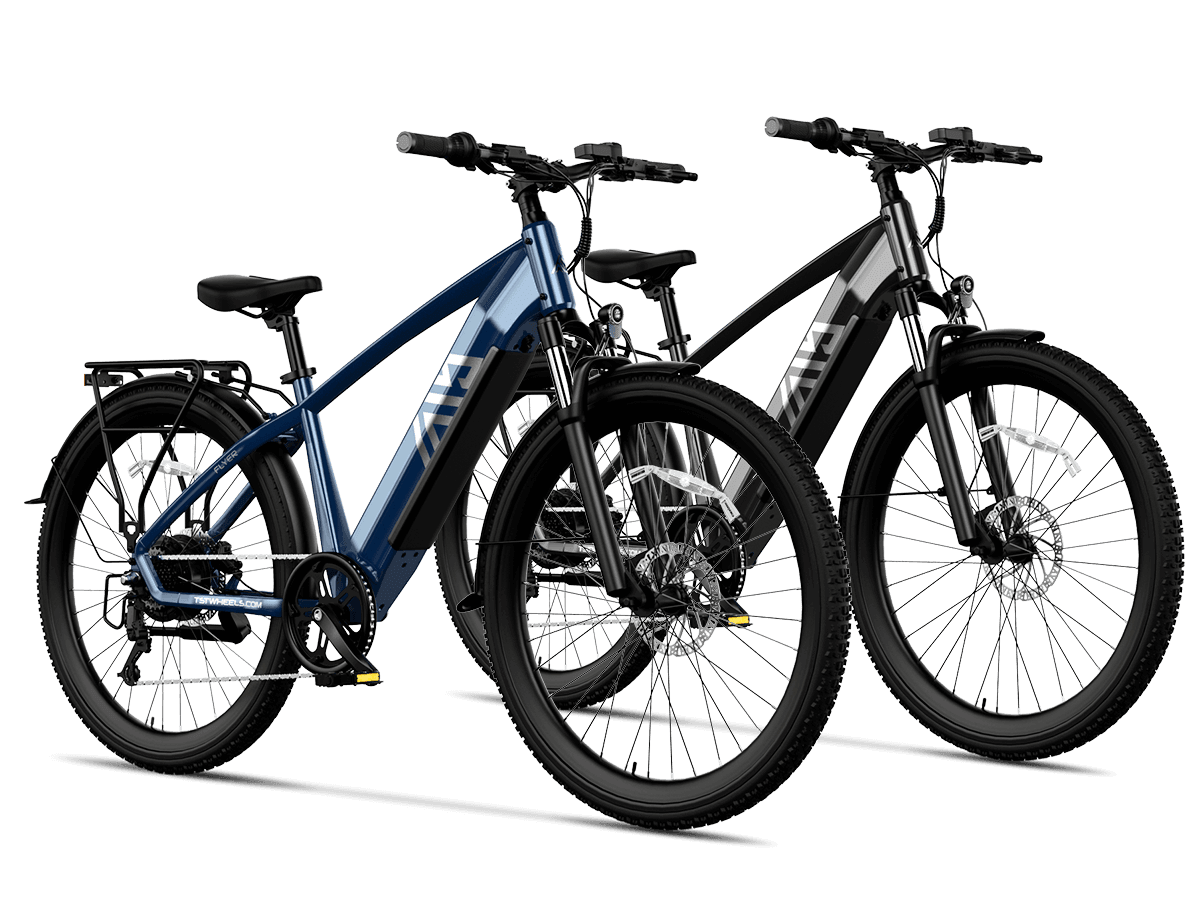
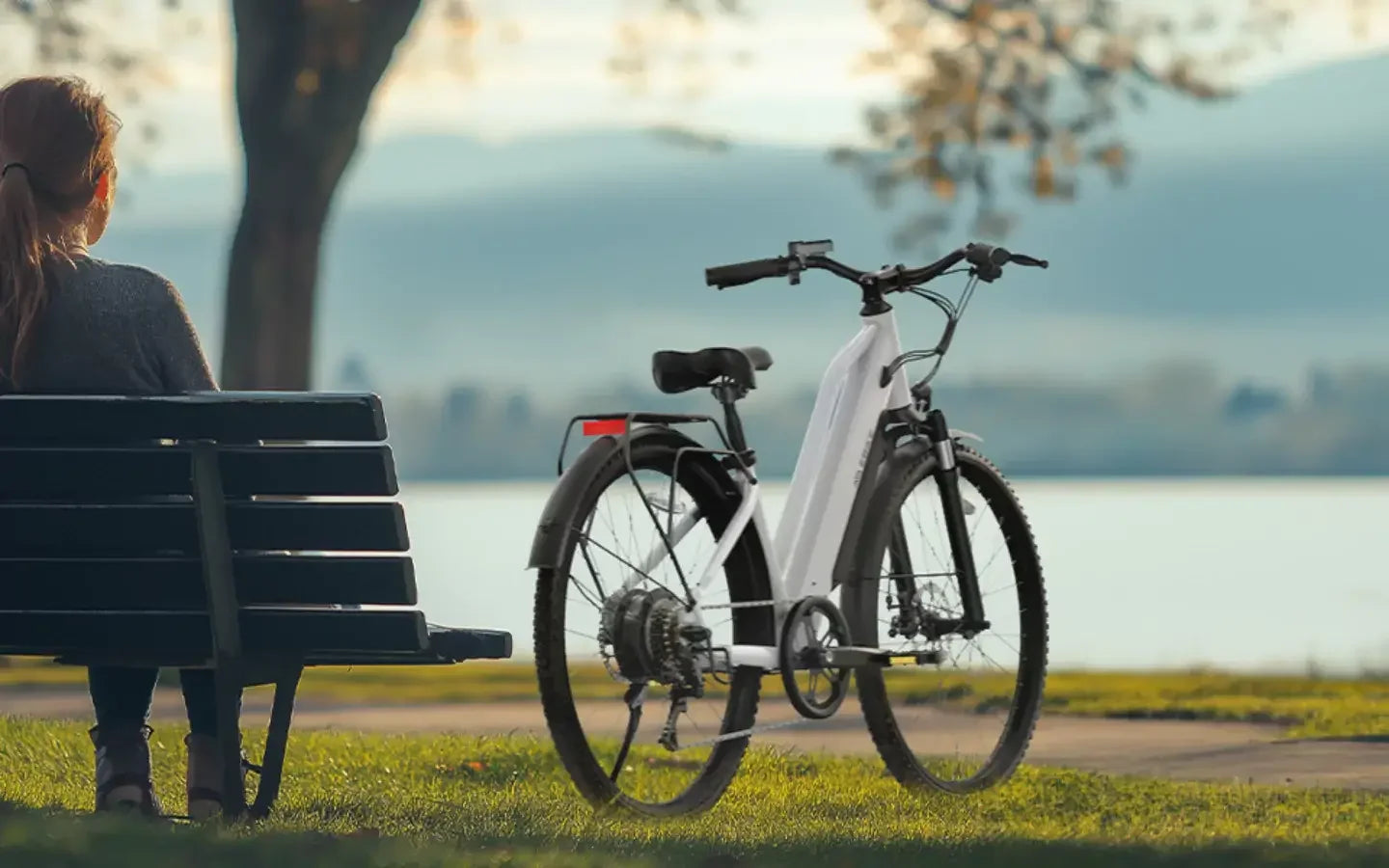

Leave a comment
This site is protected by hCaptcha and the hCaptcha Privacy Policy and Terms of Service apply.